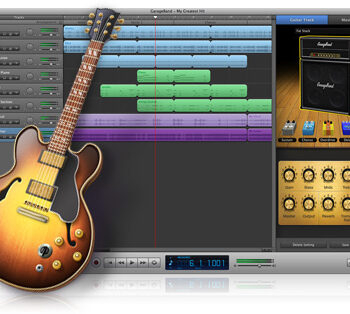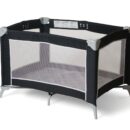 The ability to write a proper business letter is something that everyone businessperson should develop. In an age when text messages loaded with abbreviations have become a common means of communicating, the basics of putting together a concise and coherent business letter has escaped some. Fortunately, it doesn't take long to get into the swing of composing a letter that demonstrates a sense of professionalism and expertise, and begin earning the respect of your potential clients.
The ability to write a proper business letter is something that everyone businessperson should develop. In an age when text messages loaded with abbreviations have become a common means of communicating, the basics of putting together a concise and coherent business letter has escaped some. Fortunately, it doesn't take long to get into the swing of composing a letter that demonstrates a sense of professionalism and expertise, and begin earning the respect of your potential clients.
Step 1
Craft the header for your letter. If you are using business letterhead for the correspondence, this is already in place. If not, a good approach is to type your company name, mailing address, telephone number, fax number, and main email address in the upper right hand side of the document. Make sure to justify the text with the right margin.
Step 2
Add the date. If using letterhead, the date can be placed along the left margin, usually two lines below the letterhead information. For letters typed on plain paper, type the date two lines below the last line of your address, again justifying on the right margin.
Step 3
Type in the name and address of the recipient. Whether using plain paper or letterhead, this is done along the left margin, usually two lines below the date. Along with the name, include any formal title held by the recipient, such as "Dr.", "Senator", "Reverend", etc.
Step 4
Settle on the salutation. A basic salutation is normally a simple " Dear ________," Mr./Mrs./Ms. works for most occasions. However, if the recipient is a clergyperson, government official, physician, or other person with a formal title, always use the title instead. The salutation is located two lines below the name and address of the recipient.
Step 5
Craft the body of the letter. Usually three paragraphs composed of three to five sentences is sufficient for most business letters. The first paragraph should clearly state the purpose for the letter. In the second paragraph, outline the benefits associated with the purpose, emphasizing the benefits to the recipient. In the final paragraph, restate the importance of the purpose and offer arrangements to meet for further discussion of the matter. The paragraphs should be justified by the left margin. Few formal business letters use indentation for the body any longer.
Step 6
Close the letter. This section should begin two lines below the final paragraph, and be justified along the left margin. While customs vary from one country to another, the closure is usually begun with something like "Sincerely," , "Best Regards," or something similar. Follow this with four blank lines, then type in the name of the sender. If desired, the sender's formal position within the company can be typed in below the name, such as "Director of Customer Service". Two lines down, the initials of the sender are typed in all capital letters, followed by a slash, then the initials of the individual preparing the letter. An example would be "LBJ/rmn"
Step 7
Note if copies of the letter are being sent to other parties. This is done by typing "cc:" two lines below the closure, followed by the name or names of the other recipients. The final layout of this section would look something like this:
cc: Zelda House
Tips and Warnings
Depending on the nature of the letter, some elements will be modified. There are aspects of a sales letter that are very different from a collections letter, and vice versa. If in doubt about particulars that apply to a specific type of letter, check out some of the different examples found online.








